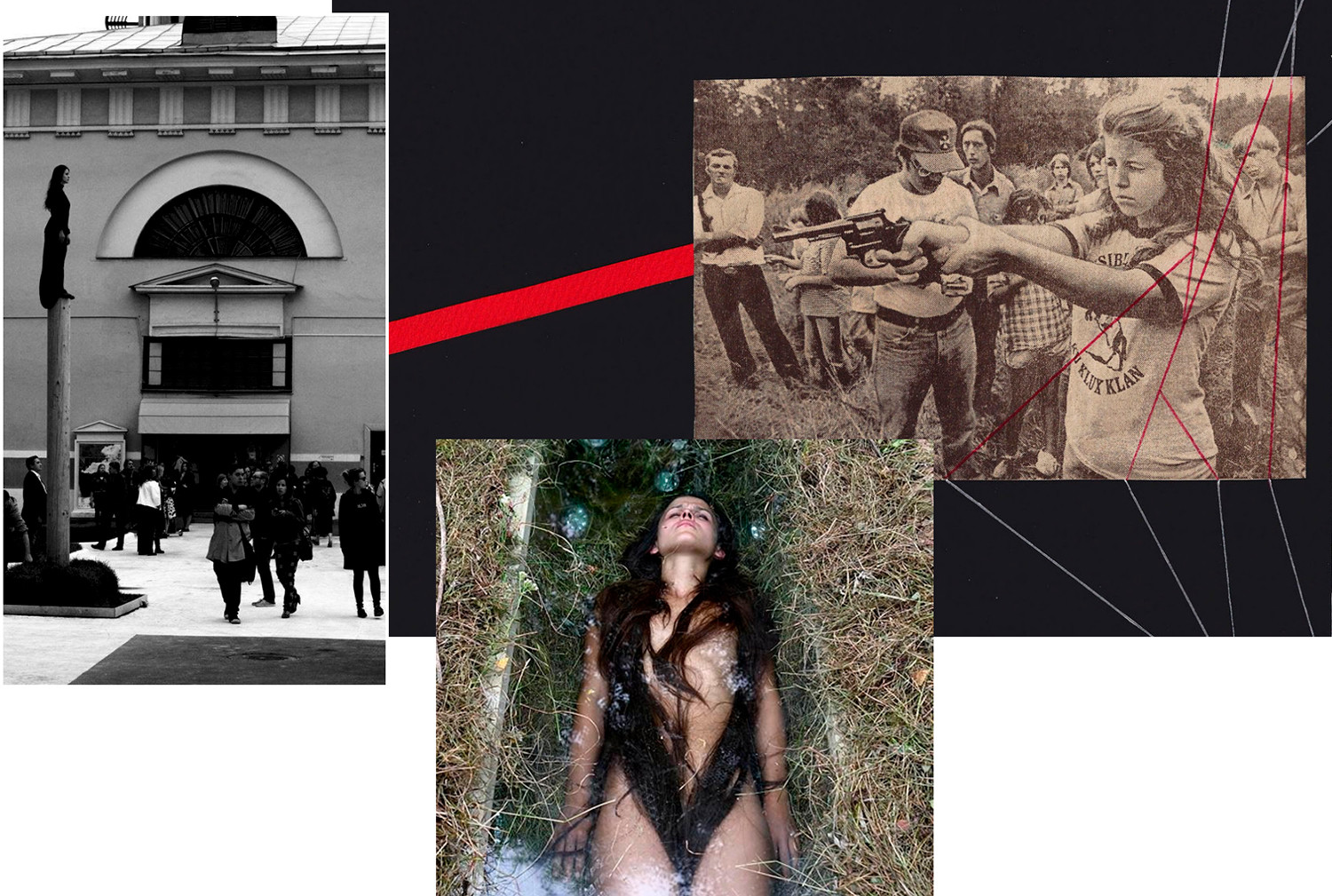10 young artists forging the future of Russian contemporary art
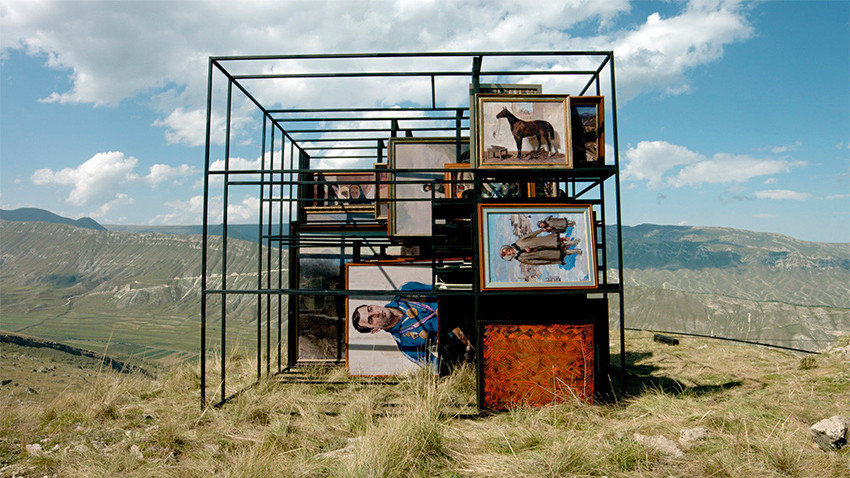
Taus Makhacheva. Cloud Caught on a Mountain
MAMM1. Evgeny Granilshchikov
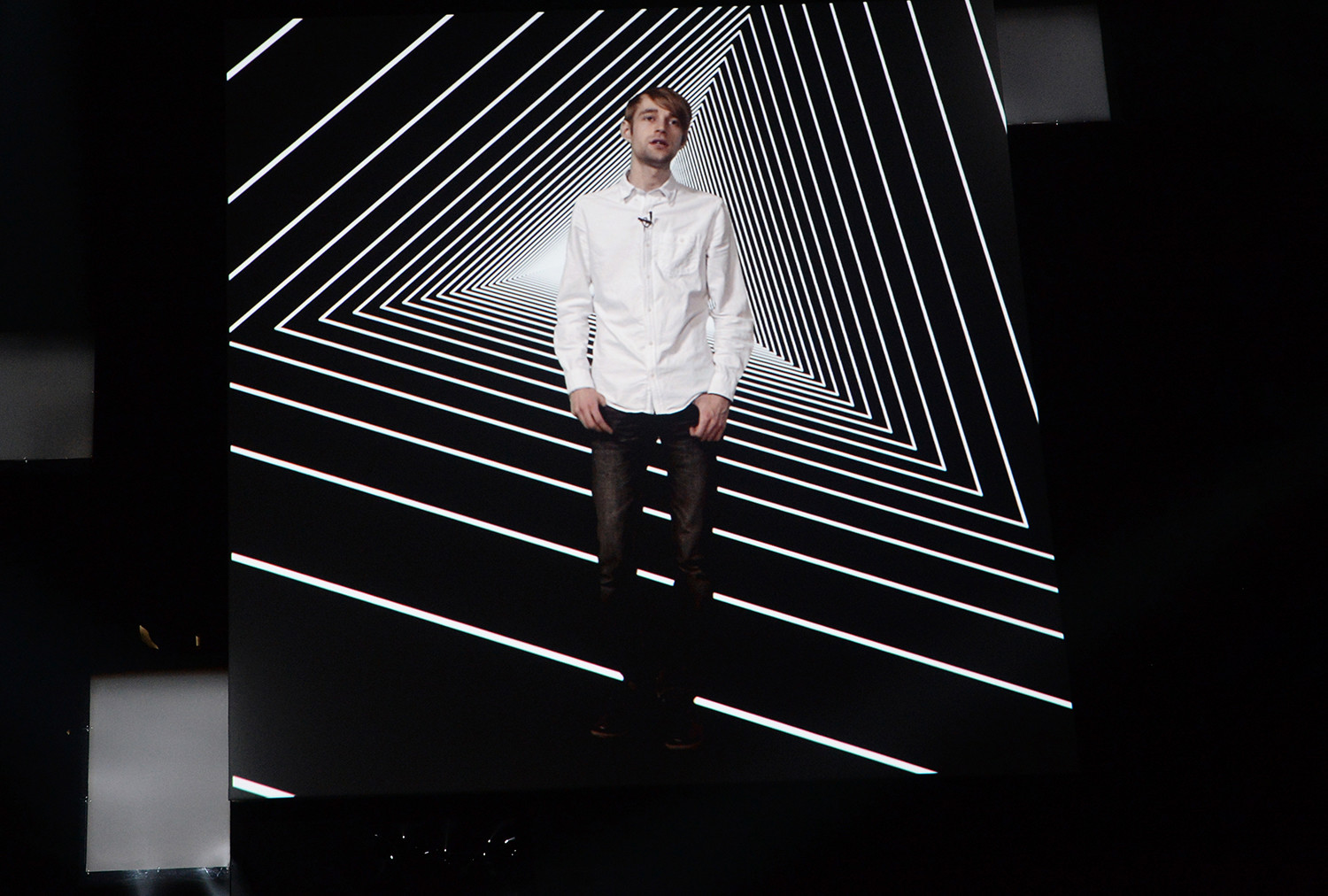
Working at the junction of video art and experimental cinema, Evgeny Granilshchikov creates a portrait of Generation Y, the so-called Millennials, who are just over 30. Granilshchikov's protagonists are immersed in the flow of events and impressions; they discuss news and talk about politics. It seems that the artist is making one continuous film, a kind of video diary, in which the plot follows the events of the author’s life. Granilshchikov's films have received numerous awards, and he's the winner of the Kandinsky Prize, as well as a participant in the Fourth Moscow Biennale. His Unfinished Film (2015) was shown at the International Short Film Festival in Oberhausen.
2. Taus Makhacheva
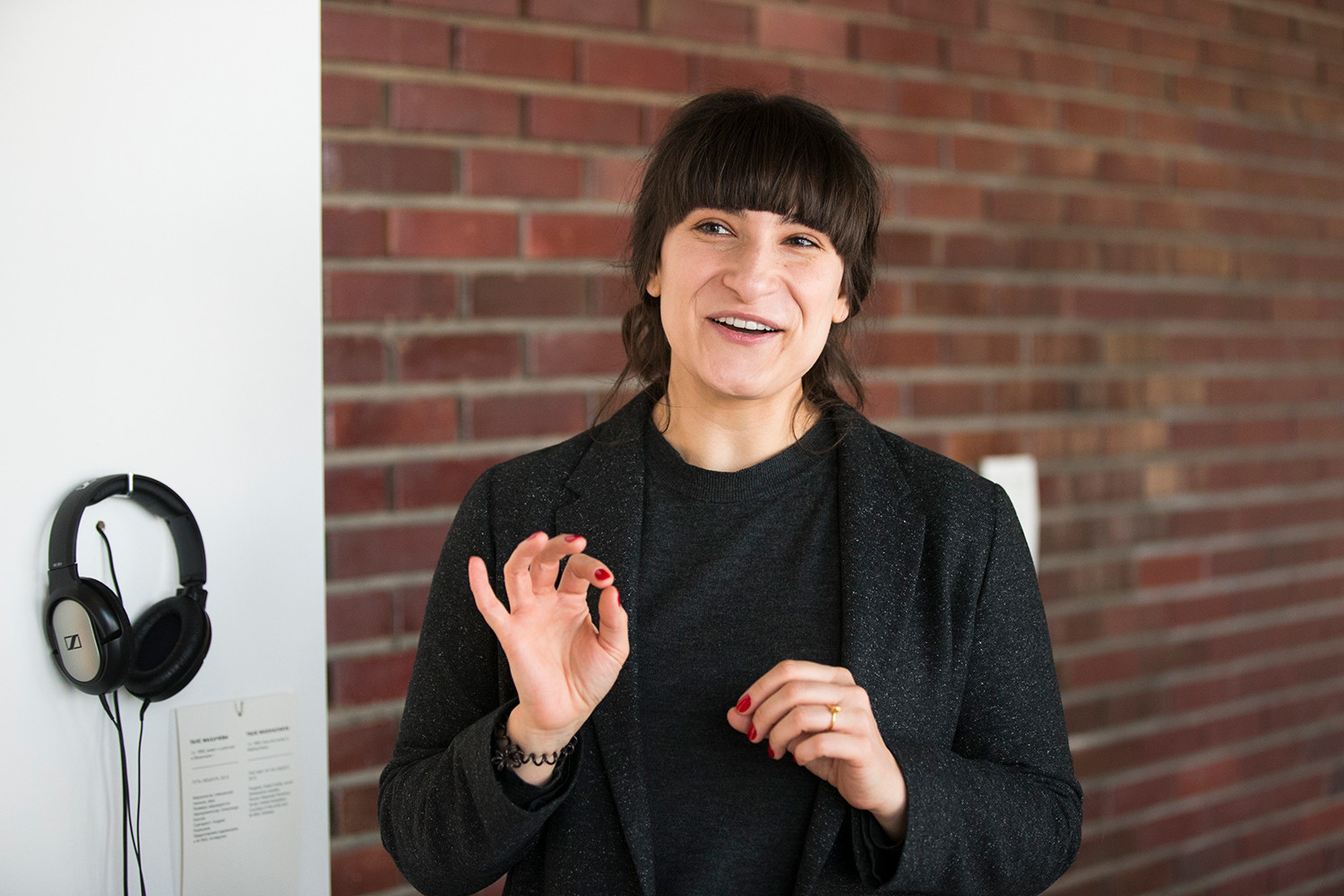
The granddaughter of Soviet poet Rasul Gamzatov, Makhacheva uses her art to explore the transformation of the traditional culture of the Caucasus in the era of globalism. Her videos are witty and sometimes poetic observations of the Caucasus peoples' lives and the encroaching effects of technogenic culture on their traditional way of life. Makhacheva works at the interface of performance and video art. Often she is the heroine in her
3. ZIP Group
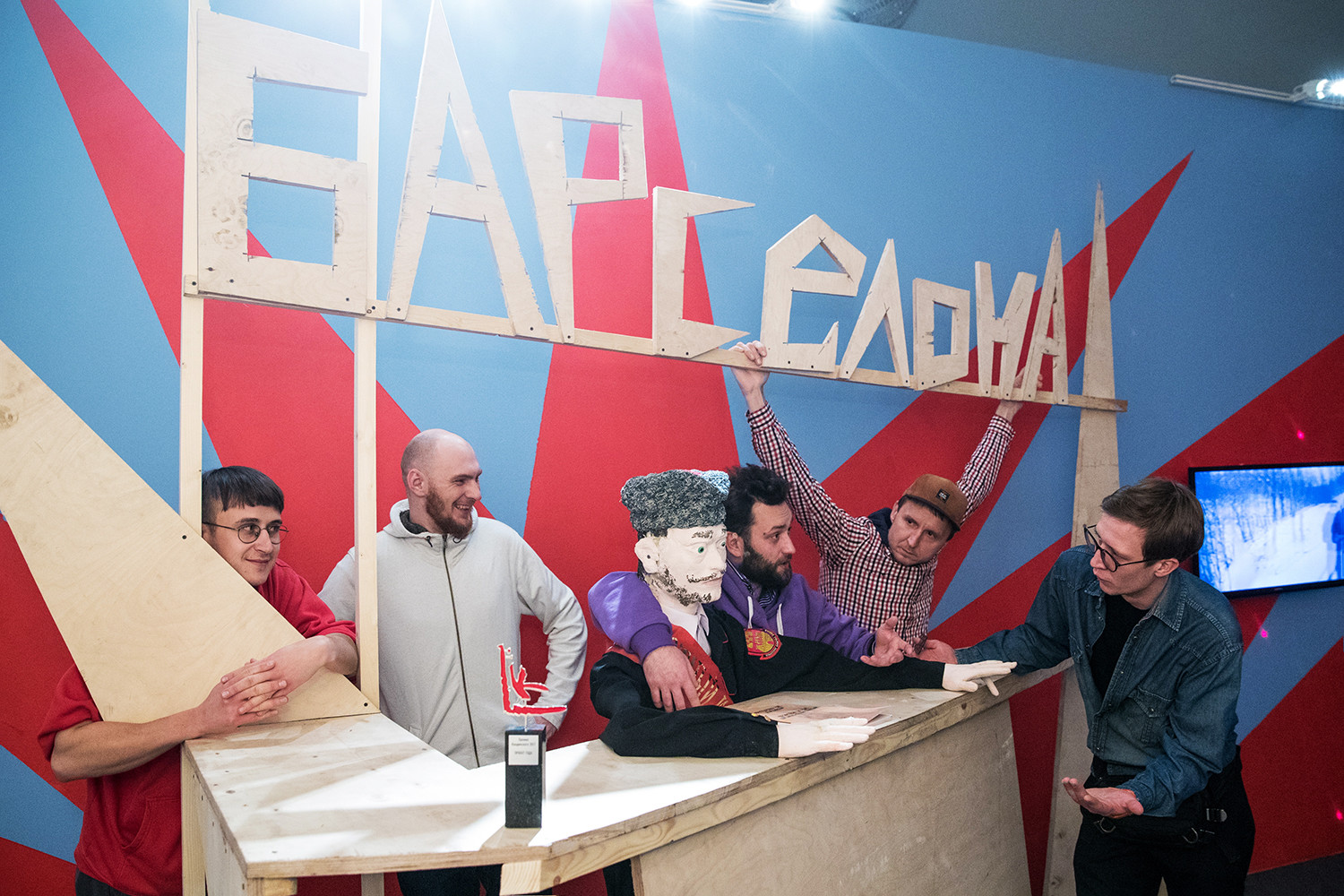
This art group from Krasnodar works with the “aesthetics of interaction” in close contact with the audience. They are not just artists but also social activists who have almost from scratch created the current art scene in Krasnodar (1,300 km south of Moscow). Thanks to their efforts, the city now has the Krasnodar Institute of Contemporary Art (KISI), an art residence, a street art festival, an exhibition hall
4. Timofey Radya

This street artist from Yekaterinburg combines the partisan style of street art with professional skill. He not only uses materials similar to
5. Yevgeny Antufiev
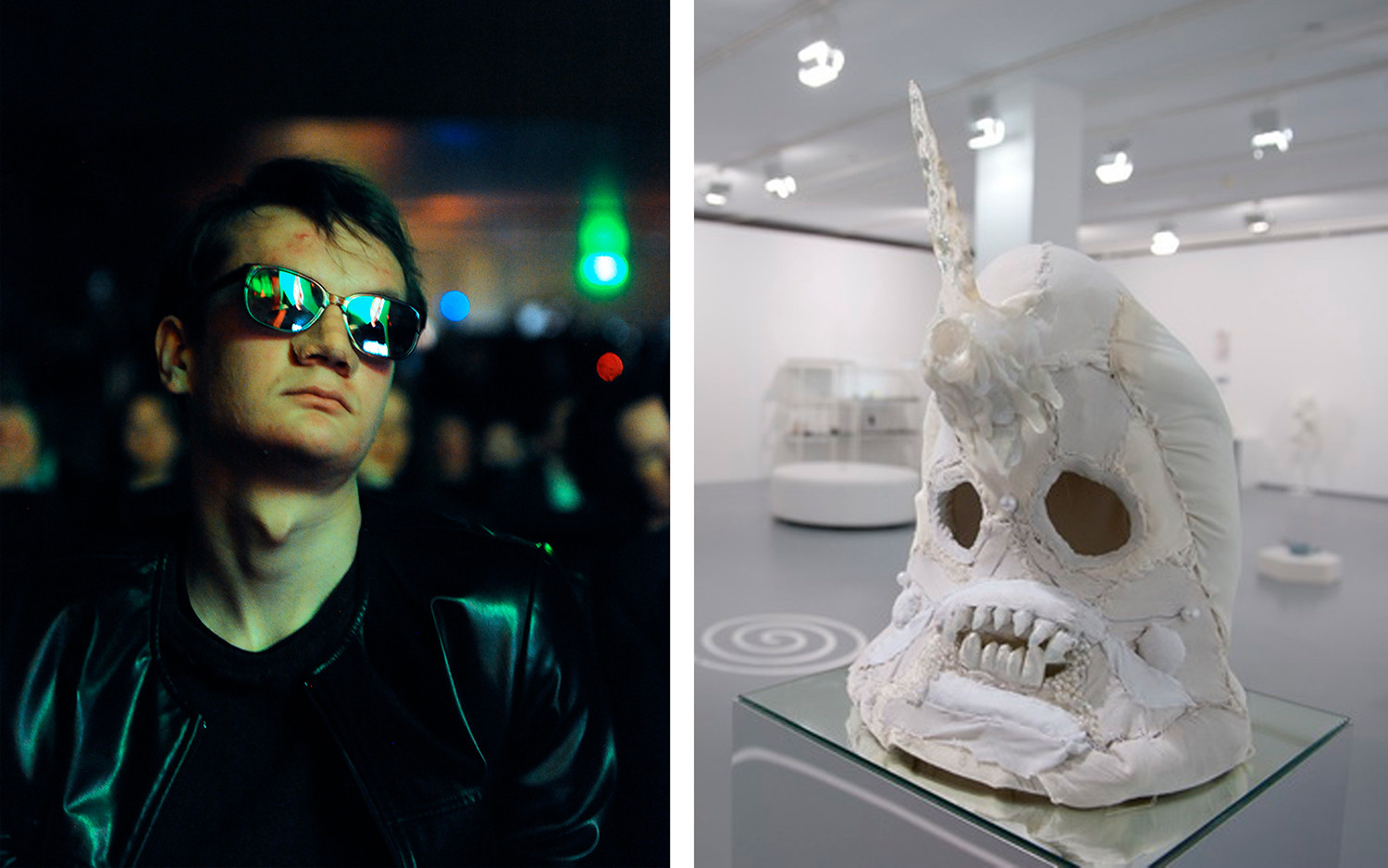
Antufiev is an archeologist of contemporary culture who creates modern amulets and shamanic sculptures from the most unusual materials, such as dolphin bones, meteoritic iron or wolf’s teeth. At the same time, the use of plastic sheeting or boiled sweets makes this alchemy a little less serious. In mummifying modern objects, Antufiev tries to conserve time and get closer to the enigma of immortality. He has participated in Manifesta 11 and Manifesta
6. Tanya Akhmetgalieva
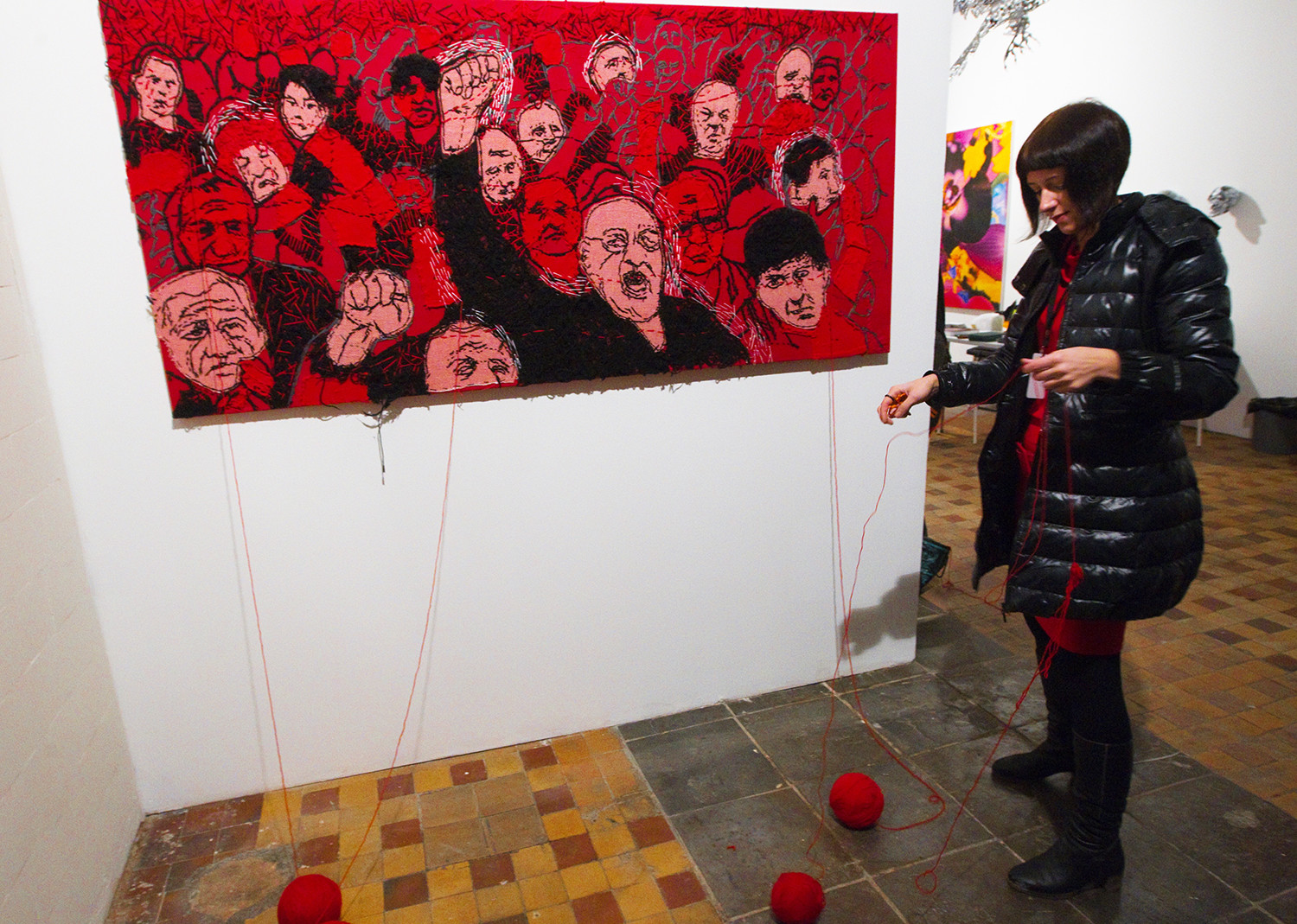
This artist works with handicraft techniques, translating the language of graphics into the language of textiles. Her artworks combine the topicality of contemporary art and the traditions of folk handicrafts - embroidery, weaving
7. Polina Kanis

Kanis uses video as her artistic medium. She focuses on social stereotypes and the contradictions of gender and age roles imposed by society. If at first Kanis herself acted as the heroine of her video performances, now she increasingly prefers to stay behind the camera, playing the role of
8. Ilya Fedotov-Fedorov
9. Olga Kroytor
Olga Kroytor is a performance artist who constantly tests her
10. Aslan Gaisumov

The works of this Chechen artist are devoted to the trauma of war and other dramatic moments in the history of his people. The theme of homelessness and the tragic impossibility of returning home is central in his art. Gaisumov creates objects, installations
Read more: 5 tips how not to be afraid of contemporary art
If using any of Russia Beyond's content, partly or in full, always provide an active hyperlink to the original material.
Subscribe
to our newsletter!
Get the week's best stories straight to your inbox

